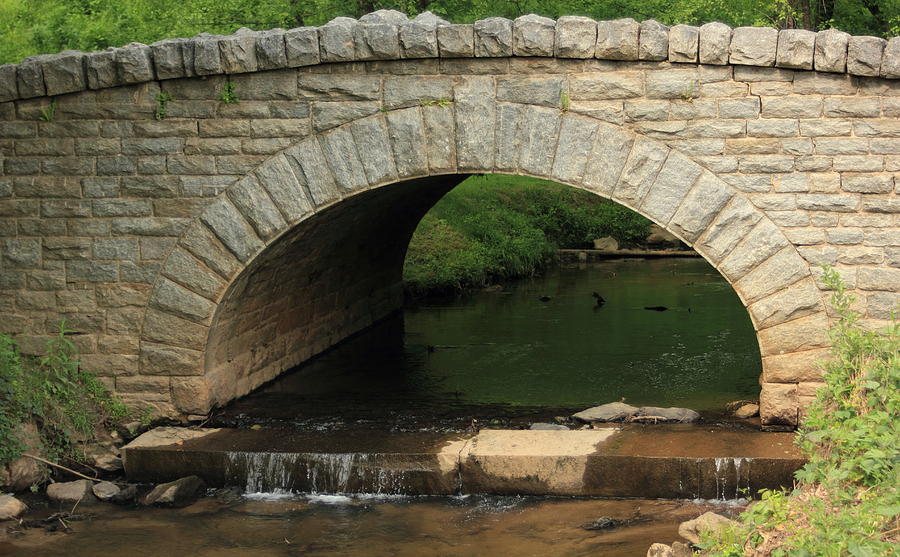

Some dialogue between Adams and Kirkwood is remembered in Between the Ocean and the Lakes: Story of Erie, by Edward Harold Mott. Kirkwood had been working for Adams’ uncles on other early railroad projects, so when Adams sought an engineer to be in charge of construction, Kirkwood was an obvious choice. He worked with some of the family’s railroad enterprises, meeting Kirkwood along the way. Julius Walker Adams grew up in a well-connected family tied to some of the greats of military and civil engineers in America at the time. From the Collection of the Susquehanna County Historical Society, Montrose, PA. Young also recalls much of the history of these two men.īlueprints of the Starrucca Viaduct. Adams designed and proposed the plans for the stone bridge, and it was Adams who selected his brother-in-law, James P. Young, the bridge’s leading authority and author of Starrucca: The Bridge of Stone, Julius W. So finally, a stone viaduct was to be the solution.Īccording to William S. However, this idea was abandoned after determining that it would cost more than a bridge. A fill quite literally means dumping tons of soil into the valley to raise the ground to track level. Initially, a massive fill was considered. No matter how it was to be done, the New York and Erie needed to gather huge amounts of materials and labor. Spanning the Starrucca Creek and the valley it is in was no easy task. It is in the second and last of these crossings that the Starrucca Viaduct lies. For the privilege of using its land, the New York and Erie agreed to pay Pennsylvania $10,000 a year, but by 1846, right-of-way for both crossings had been given by the Pennsylvania Legislature. To do this, the only feasible option meant diverting the route into Pennsylvania two times to avoid areas that would have been prohibitively expensive to cross in New York. To fulfill its charter, the New York and Erie needed to complete its line from Piermont (on the Hudson) to Binghamton, New York by 1848. But deviations were necessary when it came to the track of rails through the Delaware and Susquehanna River Valleys. By building sections at different points, it also ensured that the railroad did not deviate from its intended path significantly. Part of the line of the New York and Erie, where it follows the Susquehanna and Delaware River valleys.Įleazar Lord and others along the way had a very particular vision of the path the railroad was to take, and in order to see that it not be altered, chose locations for construction that were well away from strongholds of their political opponents. Contrary to what might be expected, construction took place at various points along the route and not at all in a continuous fashion. From Piermont on the Hudson River to Dunkirk on Lake Erie, the railroad would stretch 483 miles.

This plan he put into print, which soon gained much attention, and most importantly, from a man named Eleazar Lord.Īfter many political machinations, the New York and Erie, with its president Eleazar Lord, succeeded in gaining state approval in 1832 and ground was broken in the small village of Deposit, New York on November 7, 1835.Īnd so the construction of the New York and Erie began. He developed a zeal for the idea of a railroad from the Hudson River directly to upstate New York and across the southern tier counties to the Great Lakes. Edward Hungerford’s Men of Erie recalls Redfield and the chain of events that led to the Erie. Nothing more than an idea at the time, the New York and Erie was the imagining of a man by the name of William C. These were the forces that the New York and Erie faced and, ultimately, surmounted. A giant of transportation in its time, the Erie Canal brought wealth and population growth to the lands it connected, and with it, much political power to ensure its continued well-being. Most travel was done by wagons with teams of horses or mules and the only means of transporting goods or people in great quantity was by river or canal. But life was still slow and labor hard in many ways. It was a time of great growth and optimism for a struggling young country. An Erie 2-10-0 pusher backs toward Susquehanna.


 0 kommentar(er)
0 kommentar(er)
